As electric vehicle sales continue to soar, firms and the public sector are scrambling to provide sufficient and adequate charging infrastructure. TotallyEV reached out to Dunstan Power, co-founder and director at Versinetic, an EV charging solutions consultancy, to understand the current EV charging landscape; barriers and innovations necessary to ensure the UK meets its climate goals.
Read next: BMW i4 first drive: The best electric BMW?
The current landscape
In a newly published report, “Key barriers to EV charging infrastructure rollout”, we discover how the EV landscape has advanced rapidly in the past 10 years – government policy has changed massively during that time, bringing climate change to the fore.
The Paris Agreement stipulates that cars and van emissions will need to drop by more than a third (37.5%) by 2030. Brussels and individual member states are incentivising car owners to switch to electric and are pouring millions of euros to fund this. Elsewhere, the UK’s ban on petrol and diesel vehicle sales will see an anticipated 18 million battery and plug-in hybrid electric vehicles on UK roads by 2030.
Read next: Smart Charging, Renewable Energy and the Future of EVs
Barriers to an EV reality
Electric vehicle production in 2021 has ramped up, especially in Europe and North America, and has been impacted by a worldwide shortage of computer chips affecting both car- and charge post manufacturers. Furthermore, there is a shortage of EV-skilled mechanics with the IMI estimated in December 2020, that there were between 13,000 and 20,000 technicians qualified to service and repair the approximately 380,000 plug-in electric or hybrid cars on UK roads.
In terms of the EV infrastructure, there’s a real need for more charging points. Although most drivers are expected to charge their vehicles at home, increased charging provision is essential to meet the growth of EVs. Currently, just one quarter (76,849) of the public charging points needed to meet expected demand (325,000) will be installed by 2032. This is in stark contrast to the Climate Change Committee’s recommendations of 1,170 charge points for every 100 km of road by 2030.
An increase in the frequency of on-street chargers comes with its own challenges. A busy road with new chargers could easily cause obstructions at street level. One possible solution is wireless charging. To facilitate this, all new electric cars would need to support wireless charging.
Read next: Skoda Enyaq iV review: The Volkswagen ID.4 alternative
The National Grid has stated that it can produce sufficient power to handle the uptake of EVs so there is no problem on a macro level with energy supply. The challenge comes at a local level for substations being able to cope with supplying households if increased demand for electricity were to occur at times already considered to be peak. For example, if everyone returned from work and started charging their car between 6-7pm, this would cause severe strain at a local level.
To get around this issue, chargers have to be smart and connect to cloud systems that balance energy load intelligently. This is not currently an issue as there isn’t a sufficient number of EVs to cause the problem, but it is only a matter of time. Charging manufacturers should talk with DNOs and ask them to look at tariff changes and incentives to accommodate EV users. To get cooperation from EV users, these tariff incentives need to be simple to use and attractive enough to implement.
This is not a conversation for automakers, who are not currently sufficiently motivated – either from customer demand or government funding – to take energy capacity into account when producing EVs. Therefore, they are not working with DNOs to ensure their technology is meeting the demands of domestic energy supply.
Buy a car phone mount on Amazon (Affiliate)
Technologies to watch
Looking ahead there are exciting innovations on the horizon – vehicle-to-grid (V2G) technology being the main one. There is lots of potential for this technology to help with grid challenges. Through V2G, the energy stored in your EV battery can be used wherever you take your EV – a mobile source of power. Therefore, the possibilities for this are endless, particularly when we look at the UK moving to renewable energies. Using renewable energy together with V2G technology could be a panacea for climate change. The devil is in the details, however. Getting cars made that support the technology to enable V2G, needs to happen.
Read next: How the UK is moving up European EV rankings
The role of automakers
Currently, most car manufacturers are favouring EVs with CSS connectors for rapid DC charging. The battery-operated Nissan Leaf and the Mitsubishi Outlander PHEV and a few others are using CHAdeMO connectors, the rival to CSS charging.
In the past, Tesla drivers could purchase a CHAdeMo adapter from the Tesla website for their vehicles, but the latter also recently removed its CHAdeMO adapter. CHAdeMO chargers have one major advantage over CSS in that it is bi-directional charging, which allows electricity to flow from charger to EV and EV to charger (and then onto the house or grid), thus supporting V2G or “vehicle to grid” technology. There may be the possibility in the future to produce EVs that support both CSS and CHAdeMO charging or supply all vehicles with CHAdeMO adapters, but this comes with its costs.
Car manufacturers are key if we are to realise an optimally energy-efficient future. Without government incentives or consumer demand, these much-needed conversations are not currently happening. Manufacturers aren’t seeing the consumer demand for V2G or other incentives so they are simply not compelled to make vehicles that support V2G technology. The average consumer doesn’t know enough about it and therefore is not demanding it.
The wholescale introduction of EVs is a multifaceted and complex undertaking. Currently, shortages in components are slowing progress. Also, grid challenges, while manageable today, need some consideration to ensure that where possible drivers can charge at home. The role of automakers is critical, to ensure smart charging and interoperability, otherwise, we will slow down our progress to a greener more sustainable future, even further.
What do you make of bi-directional charging? Let us know in the comments section below or on social media; we’re on: YouTube, Instagram, Facebook, Twitter and LinkedIn.

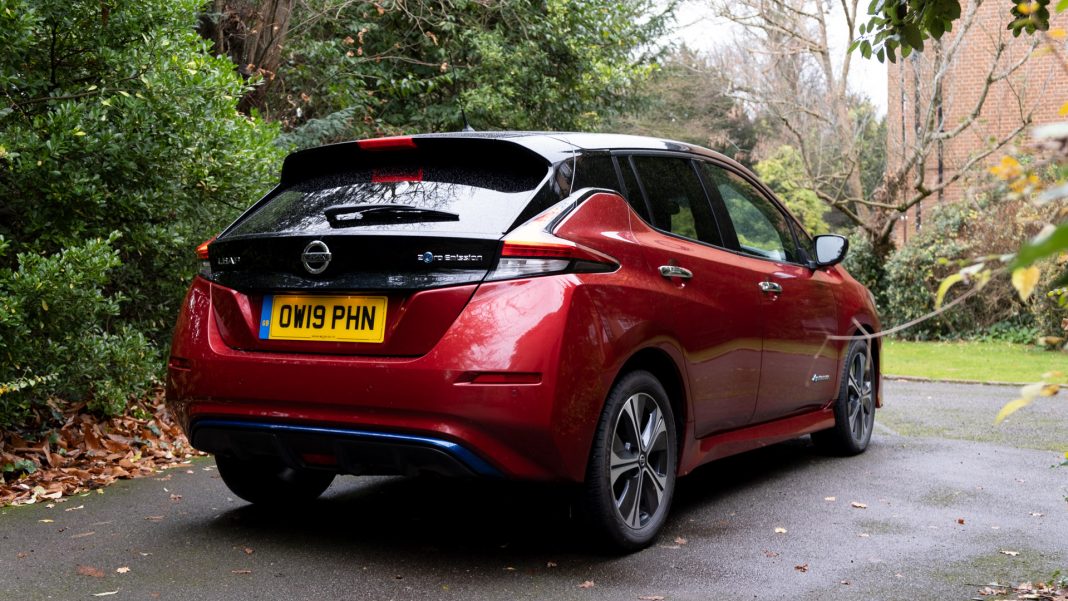
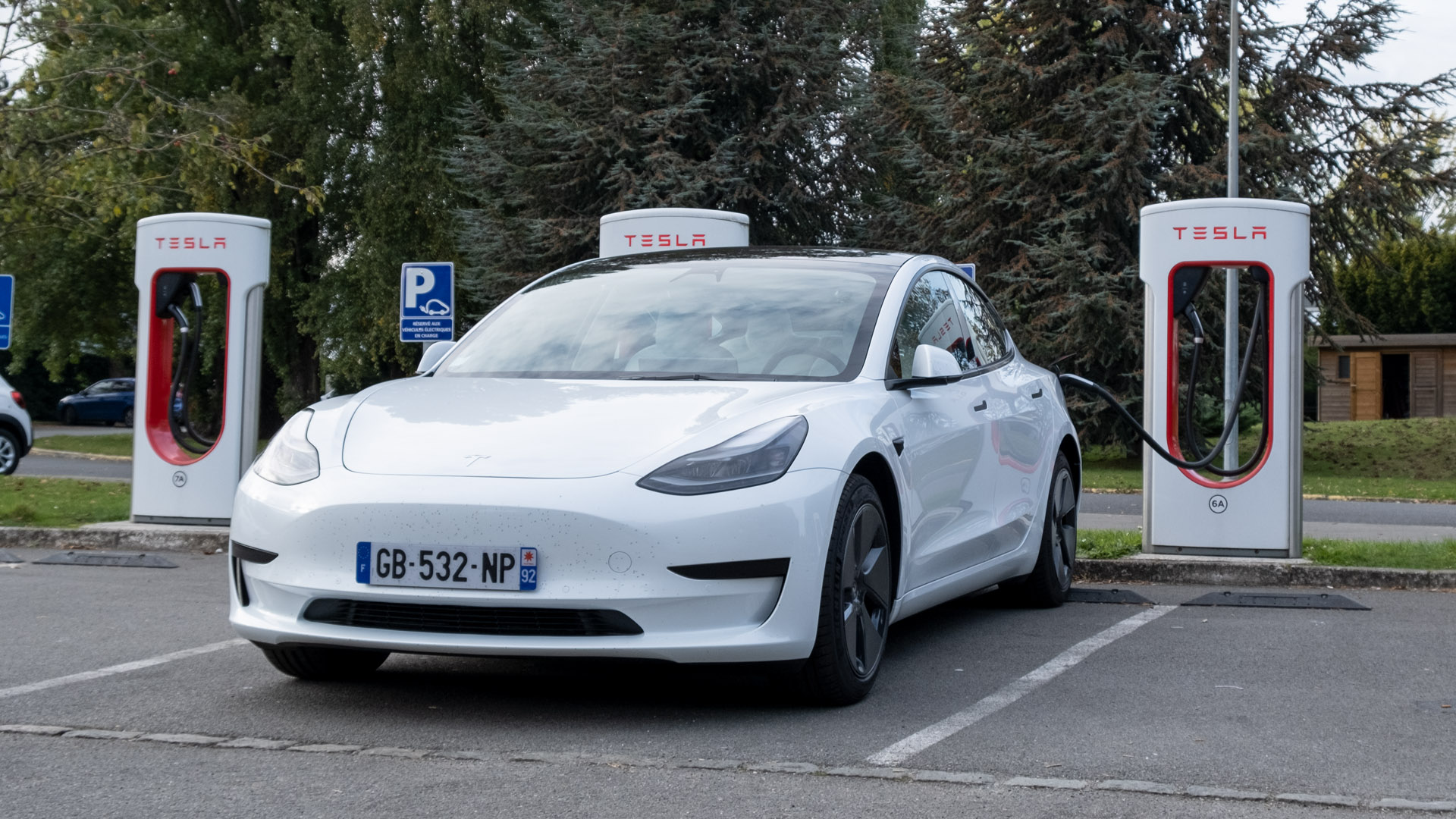
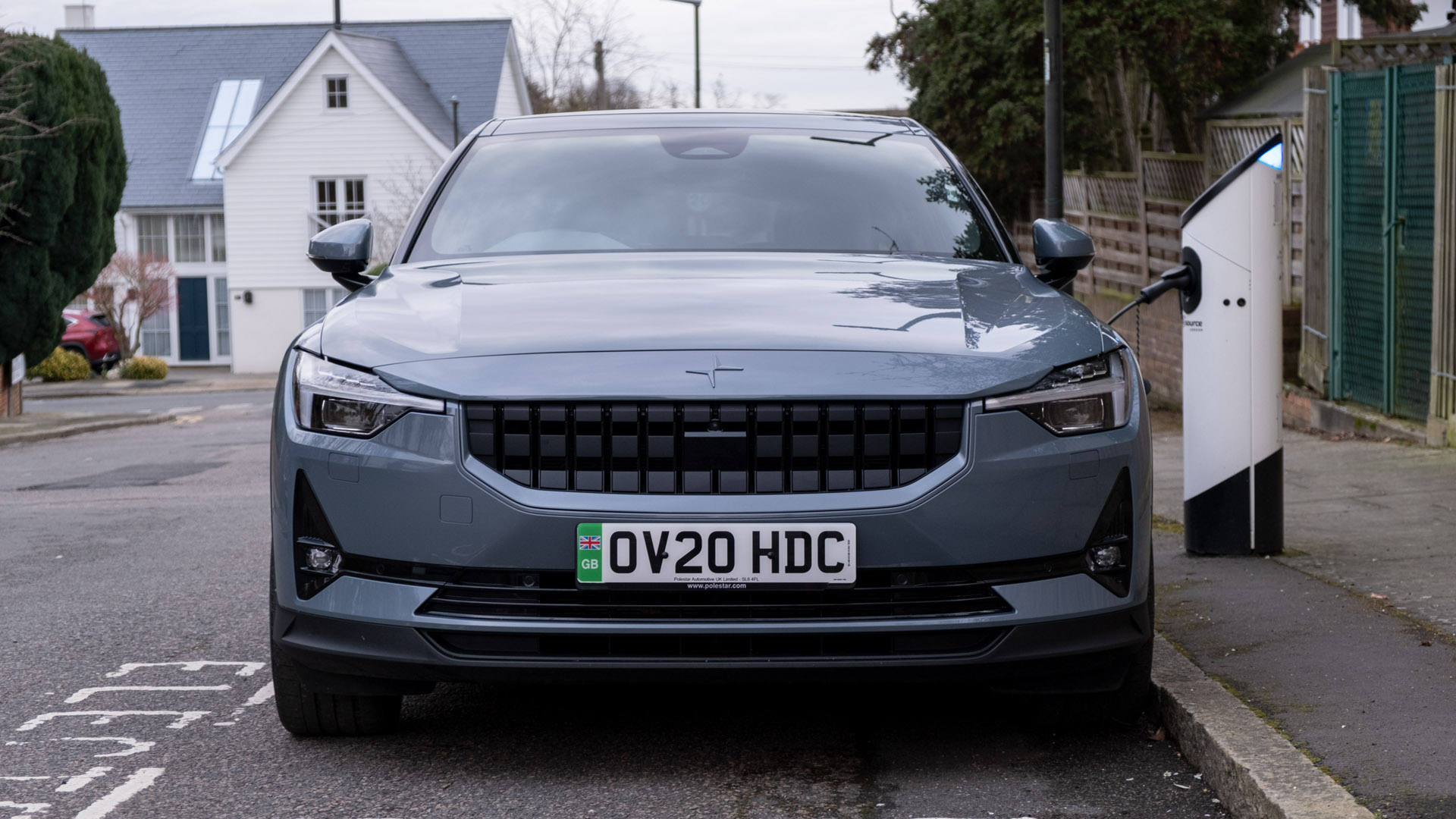
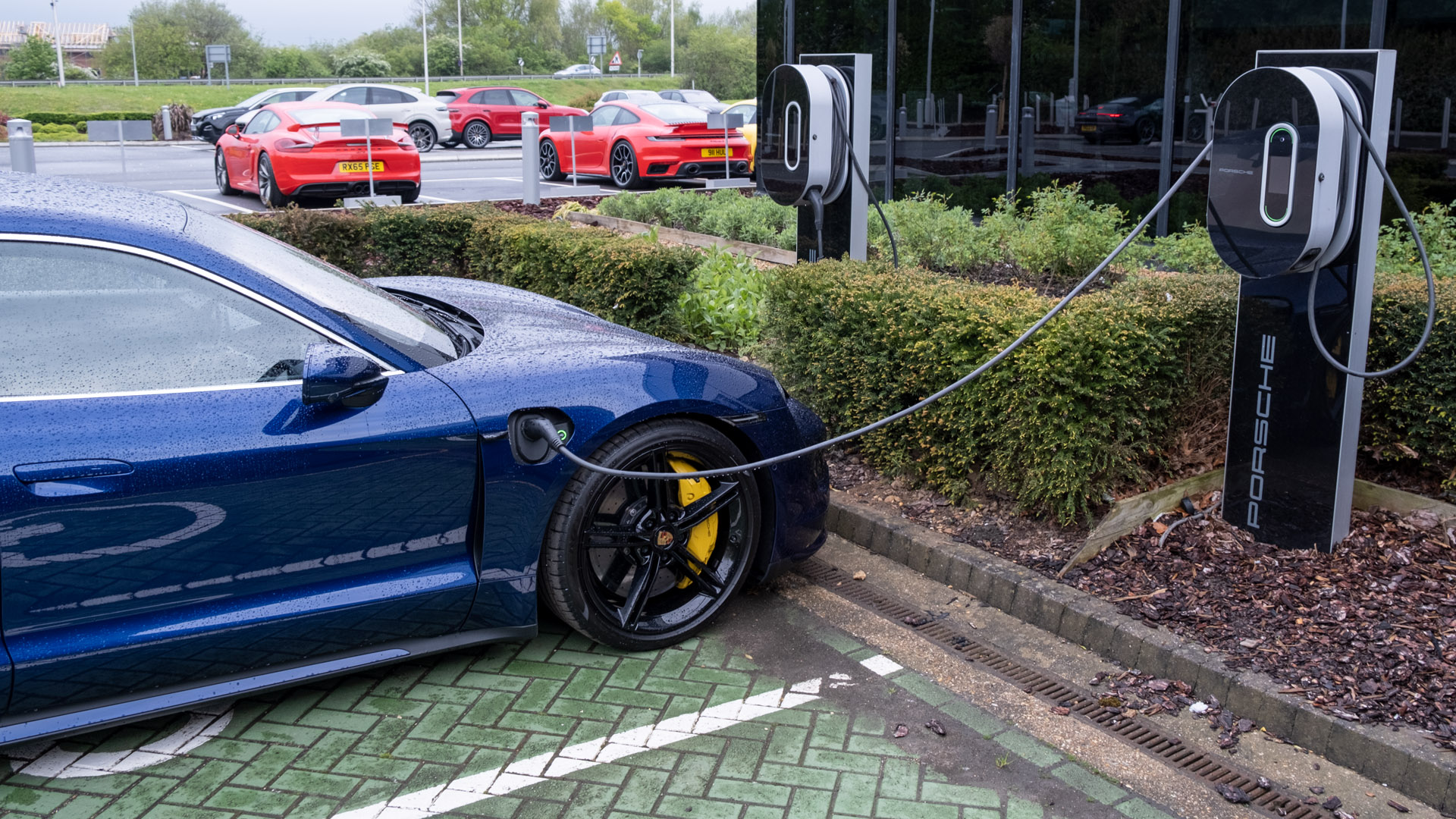
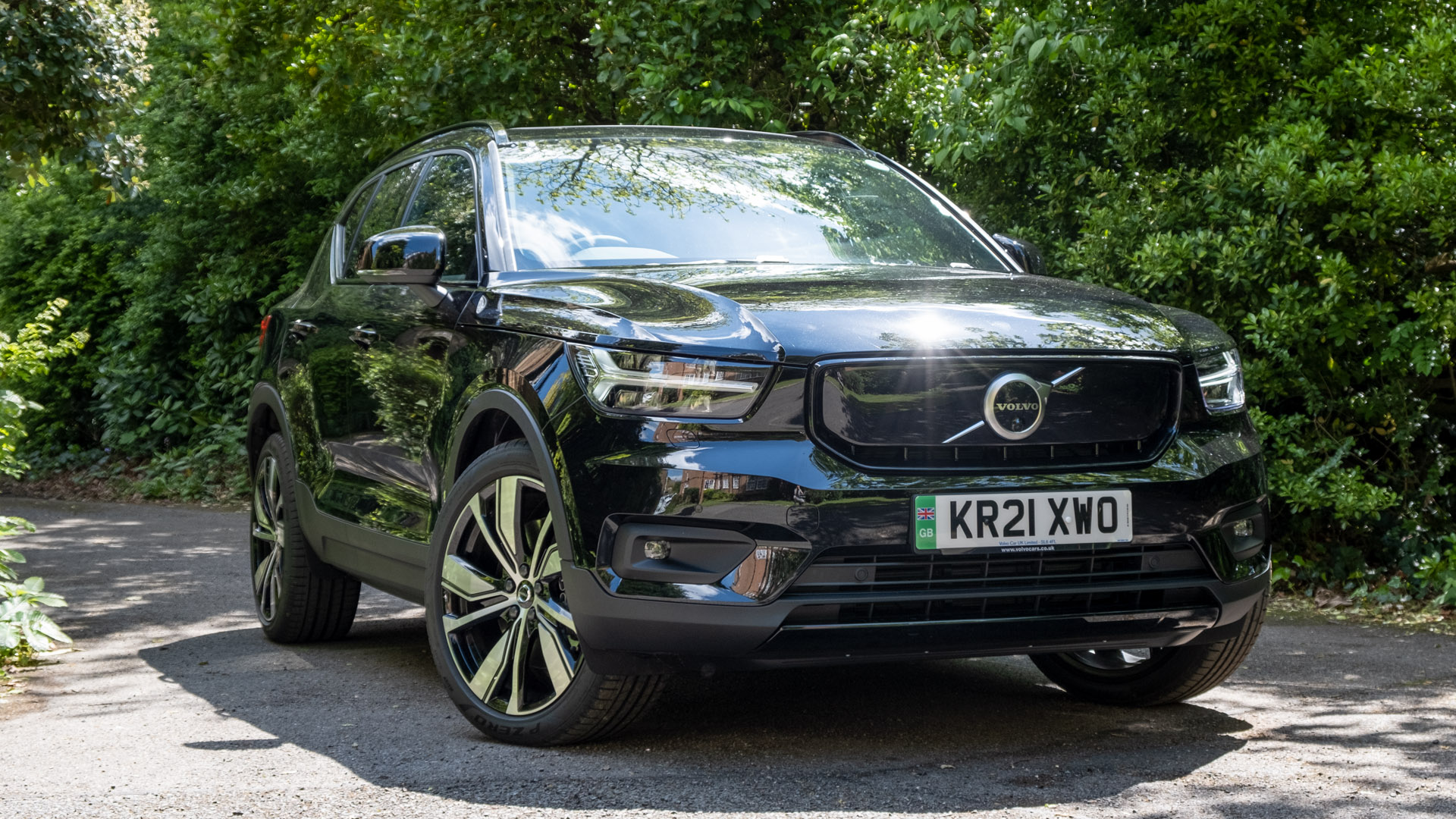
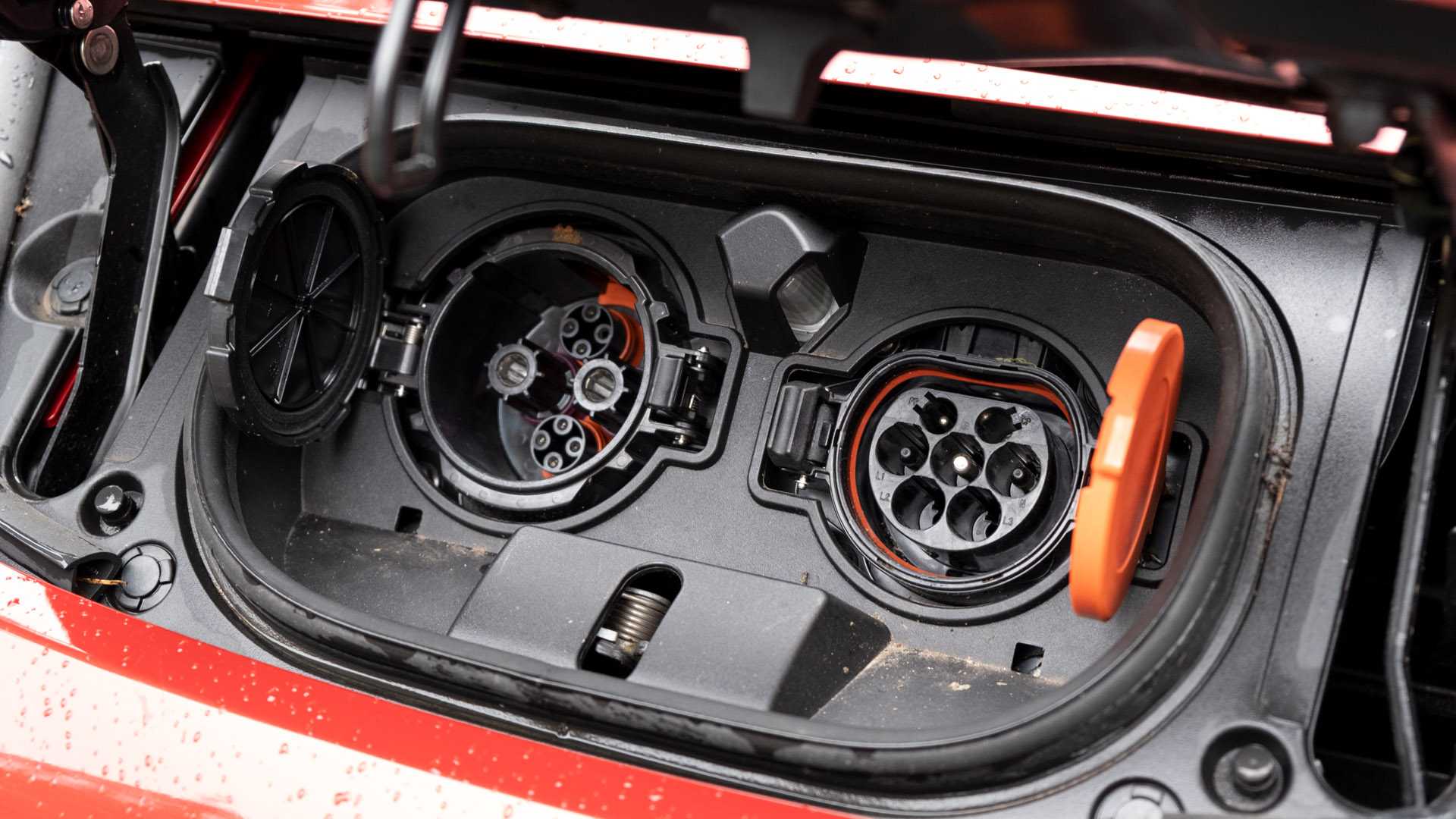
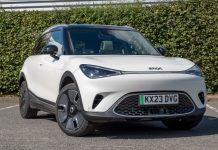
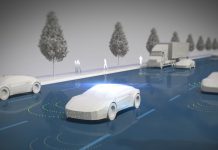
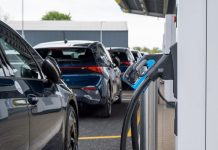

The move to electric appears to me an uncoordinated mess, the initial rush was started by Mrs May following a visit by Greta Thunberg a delinquent schoolgirl, I thought I lived in a democracy Mrs May insulted the British electorate. The change to electric is perhaps inevitable but the way it is being conducted is totally ridiculous surely there should be a plan for a universal system at least at the country level. Further it is unlikely that the world’s developing economies will be able to instigate the changes being promulgated in the world’s manufacturing countries in anything like the same time frame so the results will inevitably be patchy and probably limited to the wealthy people of established economies in short a fiasco.
Thanks for sharing your thoughts!